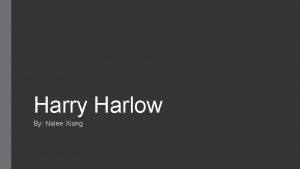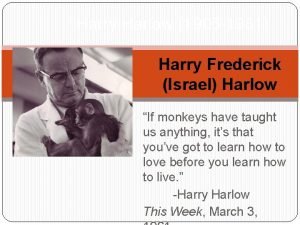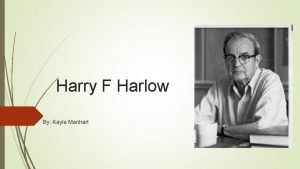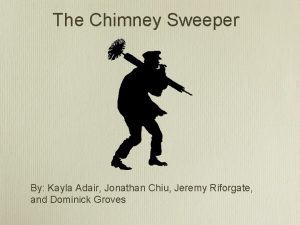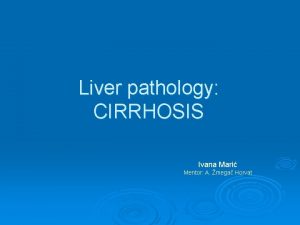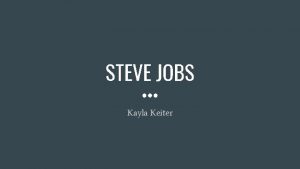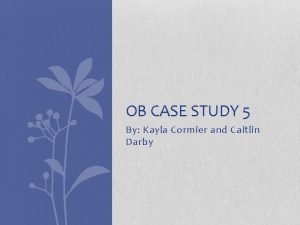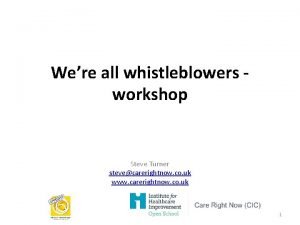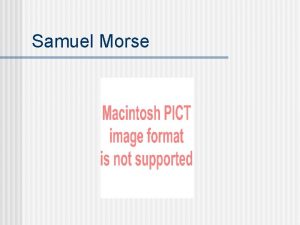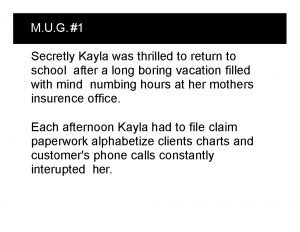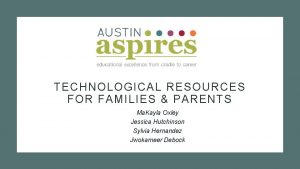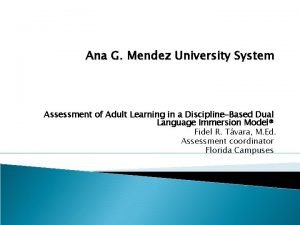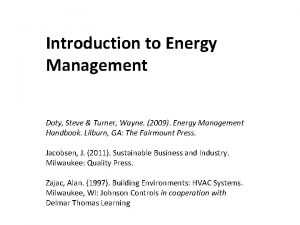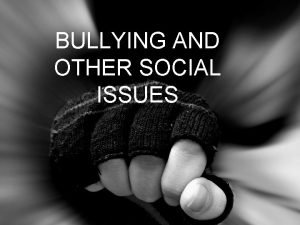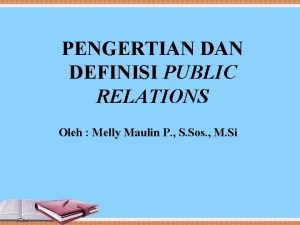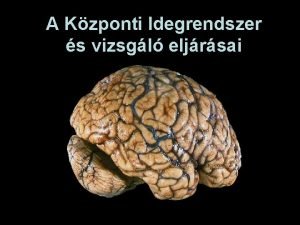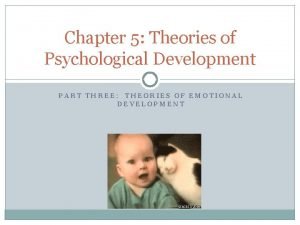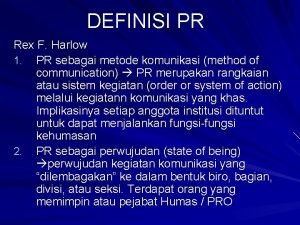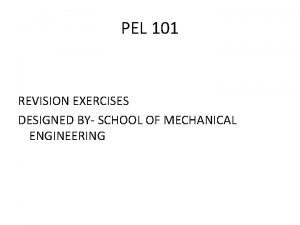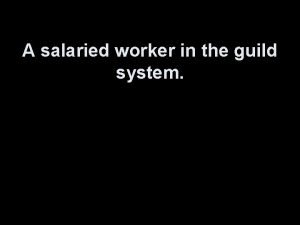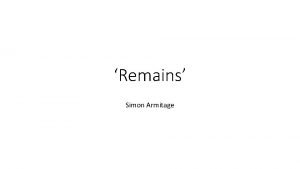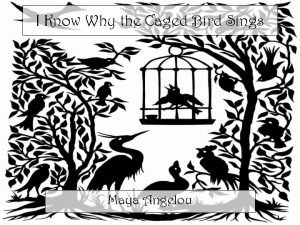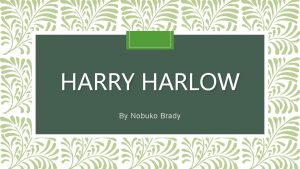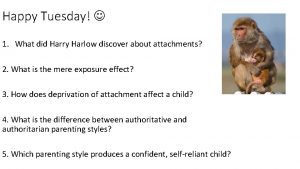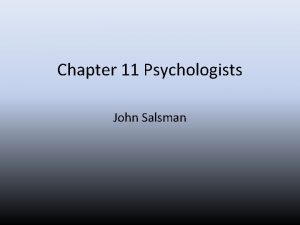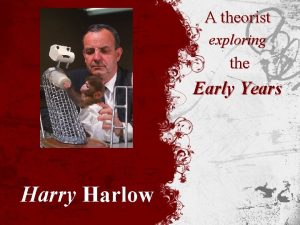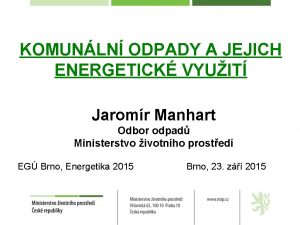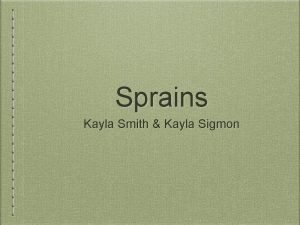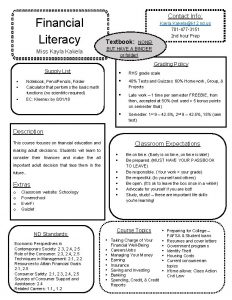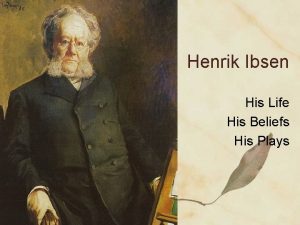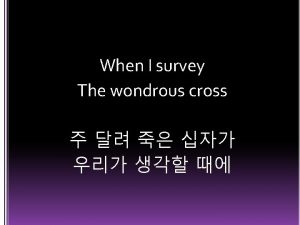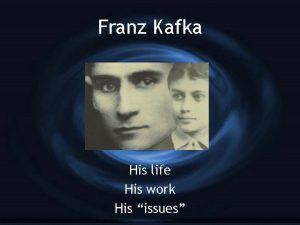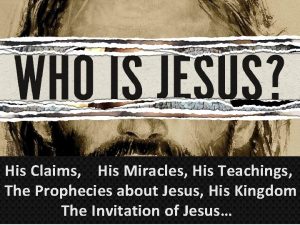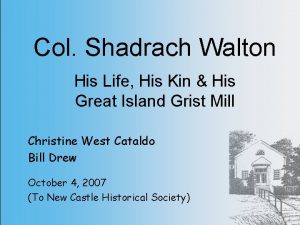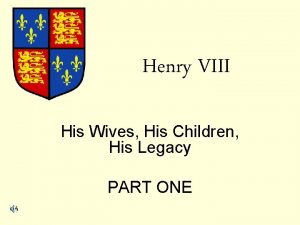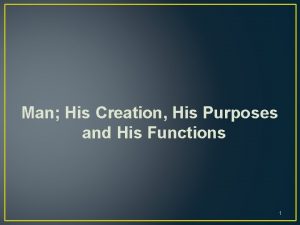Harry F Harlow By Kayla Manhart Before his

Harry F Harlow By: Kayla Manhart

Before his birth 1862 -1875 Foundling homes Cholera, diphtheria, typhoid (fever) and scarlet fever St Mary’s Asylum for Widows, Foundlings, and Infants, Buffalo, New York 2, 114 kids 1, 080 died within a year of arrival Most of those who survived had “mothers” who stayed with them 1/4 th of those born between 1850 and 1900 died before age 5 Isolation was the way to go (sickness)

To start off Born Harry Frederick Israel on October 31 st, 1905 in Fairfield Iowa Parents Alonzo “Lon” Harlow Israel and Mable Harlow Israel, Lon wanted to be a doctor but gave up to marry Mable His parents bought a general store and started a small real estate business with Lon’s father. Harry had 3 brothers: Robert Delmer Hugh

Early Childhood Delmer was diagnosed with Pott’s Disease (Tuberculosis of the spine) Move to New Mexico, Los Cruces (small canyon) Loss of maternal affection from his mother Her focus on helping Delmer Porcelain child Potty (3 years old) Loved it “hit rock bottom”

“Want to be famous” In high school, Harry ranked 13 th- 71 , Top 12 were girls Out scored entire senior class on Aptitude test created by University of Iowa. Graduated in 1923 Yearbook quote: “Want to be famous” “Though rather small, we know most well, in argument, he doth excel. ” pg. 9

Reed college Stanford University Reed College, Portland, Oregon Zoology course Stanford 1924 Harry had to take a special examination to be able to attend “One glance at my fellow applicants convinced me that one half of the hundred were football players dredged up to round out next years team. ” Enrolled as an English major then moved on to Psychology Got a C+ in English

Example of Harrys Psychology Notes: “Apathetic Annie was complacent and serene Though suffering from paresis, Consumption and gangrene But Annie did not really care Though life was nearly gone For Annie had a tumor in the diencephalon”

Stanford Staff Walter Miles Vision expert Designed night goggles for World War 2 fliers Calvin Stone Animal behaviorist and editor of the respected Journal of Comparative and Physiological Psychology Harry’s Major professor Harry Described him as “Neither warm nor nurturing nor familial” Harry worked directed under Walter and Calvin as well as Lewis Terman

Dr. Lewis Terman Innovative researcher at Stanford and head of Psych dept. Studies human intelligence Stanford-Binet Intelligence test revision

Lions and tigers and RATS oh my! 170 Page exploration of feeding habits of baby rats (dissertation) Results: Rats will swallow liquids other than rat milk if they taste decent, if it was not good they would spit it out 1 st experiment that he found out that “mothering” was necessary Does temperature matter?

Graduation 1930 Terman recommended Harry teach in a junior college because of his speech defect Had to get his PHD Name change? Anti Jewish prejudice Great Depression has taken place “As far as I know, I am the only scientist who has ever been named by his major professor”(29)

“Untouched by the Human Hands At this time: Psychologists argued against cuddling children Doctors against too close contact between parent and child 1931 - mortality rate was 30%, those who didn’t die had “nurses pets” and got extra cuddling time

University of Wisconsin-Madison offer Assistant professorship $2, 750 a year 1 st teaching experience 1930 Students booed, catcalled and laughed at him Frustrated and confused Used puns and stories from readers digest in his lectures Meets Clara Mears

Clara Mears Born July 8 th, 1909 Daughter of a congregationalist minister Graduated from a private women’s school, Mills college in San Francisco Research assistantship at UW-Madison in psychology in 1930 Clara and Harry got married May 7 th, 1932 in Milwaukee Dropped out of her PHD program Nepotism Policy

Monkey Business Henry Vilas Zoo 1930’s Monkey intelligence experiment 1 Maggie and Jiggs “Putting the right peg in the right hole” Jiggs loved it and learned fast Sadly died a year after testing started Tommy Test on memory Find which cup had the food under it

More Memory tests Early 1930’s Abraham Maslow Worked with Harlow at the zoo Memory Monkeys approached puzzles like people would Goal directed Alpha male Dominance 1939 - received a one year fellowship in anthropology Columbia University

Columbia University 1939 Robert Harlow was born Nov 16, 1939 Kurt Goldstein Lecture Great European neurologist Idea of intelligent animals was not a thought at this time Moved back to Madison shortly after

“Test Apparatus for Monkeys” 1930’s Later changed to Wisconsin General Test Apparatus (WGTA) Indian rhesus monkeys Curiosity Those who weren’t rewarded with food Less distracted Did better than rewarded monkeys Compared it to children with Margaret “Peggy” Kuenne (child psychologist)

Another love 2 nd child Richard was born Dec 10, 1942 Research was his obsession Clara filed for Divorce on August 14, 1946 Need for Love? Peggy Kuenne was of his interest shortly after the divorce

Margaret “Peggy” Kuenne Child Psychologist, Completed her masters degree at Washington University then went to University of Iowa Graduated in 1944 Became an assistant professor at the University of Minnesota 1946 took a job on Harry’s research team Married Harry Feb 3, 1948 Became the labs unofficial editor 1950 - had their first child Pamela and Jonathan 3 years later

On to The Next One, Separation. 1955 - not enough monkeys Started breeding colony 1956 - taken more than 60 baby monkeys away from their mothers Formula made them gain weight Monkeys looked healthy but were “dumbfounded by loneliness” (pg 145). Early start to “cloth obsessions” Bill Mason, Stanford graduate had an idea to test cloth vs wire Researchers had been lining cages with cloth diapers

“A perfect mother” Cloth vs. wire mother Preferred the cloth mother even when the wire mother had food Monkeys often rocked and bit themselves Clung to bars of their cages Hot vs. cold mother Rejected cold mother Small monkeys like hot mother Rocking vs. stationary mother Preferred a rocking mother

Mechanical Monster Booby traps “Cloth moms gone crazy” (204) Shaking mother Air blast mother Embedded steel frame Brass spikes tucked into chest They clung tighter to their mother even though they were scared of them Interpreted them with abused children

Video: Diabolical monster https: //www. youtube. com/watch? v=Or. NBEhzjg 8 I

A series of Events 1967 Peggy was diagnosed with Breast cancer Harry became the first (only) primatologist to win the National Medal of Science 1968 Treatment for paralyzing clinical depression in Minnesota Wisconsin became home of the only NIH Primate center Added responsibility for Harry so he has to travel a lot Peggy's family proposal arises

Nuclear family There was a father, mother and siblings housed in a cage with a playground Monkeys played with others Other study left mother and baby alone for 6 months Mother rejected older children Smallest monkeys were very clingy and demanding They did play with others Peggy was directing her research toward that sense that family matters “Mothers love works best when the help of father and friends and siblings are present”

Isolation Experiments Isolated monkeys for 6 months then for a year After 12 months, the monkeys didn’t explore or play and barely moved. They had to re isolate the monkeys. “Fearful, so helpless that they brought out the worst in their new companions” (216) “Rape rack” Mothers who were forced pregnancy were violent Harry learned that social isolation was not the cause of depression

Hopelessness “Vertical chamber” also known as the Pit of Despair Steve Suomi ran some of the tests Monkeys had to climb up a steep, slippery wall Found that after 2 -3 days they were “hopeless” This “pit of despair” showed that animals and humans are dependent on the society of others Repair damage Baby therapists were placed with the isolated monkeys Isolated monkeys would go into a corner and rock and eventually cuddle

1970’s Margaret Harlow died on August 11, 1971 (age 52) Made a professor of educational psychology and UWM Feminist movement Relation to autistic children? (monkeys raised by cloth mothers) At the time the feminist movement were NOT at all impressed with Harry’s work

Back together? Clara and him remarried on March 1972 Harry showed early signs of Parkinson's which lead to his Resigned from Madison in 1974 Moved to Arizona, got a job at the University of Arizona The Human Model, book published with the help of Clara Summer of 1981, his memory got worse and Clara put him into a nursing home

“Till death do us part” Harry passed away on Dec 9, 1981, at 76. His research helped in many ways(then and now): Then: Animal activists ask “why torture baby monkeys to prove the obvious? ” Importance of love and connection wasn’t obvious at the time Motherly love did not have a sexual connotation It opened up areas of research in human development that wouldn’t have been funded in the 1960’s and 70’s

Current UW Study anxiety and depression They will be euthanized after a year Involves snakes and humans without eye contact and will be put into cages with unfamiliar monkeys Will not be removed from mothers http: //host. madison. com/wsj/news/local/education/university/c ontroversial-uw-madison-monkey-study-won-t-removenewborns-from/article_e 8 a 288 f 4 -5 d 1 a-5 ab 2 -ab 5064 b 24920 b 2 e 3. html

Discussion questions Do you think that his experiments were ethical? Do you think that his experiments reflect who he is? For example, no maternal affection and lack of interest in his children. “His work helped change psychology for the better. ”(pg 292)Do you believe that it did? why?

Reference Love at Goon Park by Deborah Blum

HAVE A GOOD DAY!
- Slides: 35
